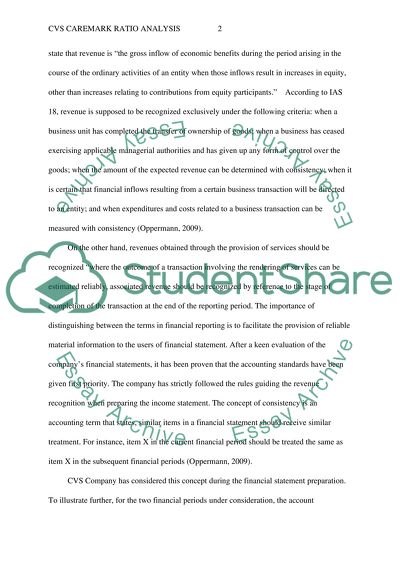Cite this document
(“CVS Caremark ratio analysis Assignment Example | Topics and Well Written Essays - 1000 words”, n.d.)
Retrieved from https://studentshare.org/finance-accounting/1495008-cvs-caremark-ratio-analysis
Retrieved from https://studentshare.org/finance-accounting/1495008-cvs-caremark-ratio-analysis
(CVS Caremark Ratio Analysis Assignment Example | Topics and Well Written Essays - 1000 Words)
https://studentshare.org/finance-accounting/1495008-cvs-caremark-ratio-analysis.
https://studentshare.org/finance-accounting/1495008-cvs-caremark-ratio-analysis.
“CVS Caremark Ratio Analysis Assignment Example | Topics and Well Written Essays - 1000 Words”, n.d. https://studentshare.org/finance-accounting/1495008-cvs-caremark-ratio-analysis.


